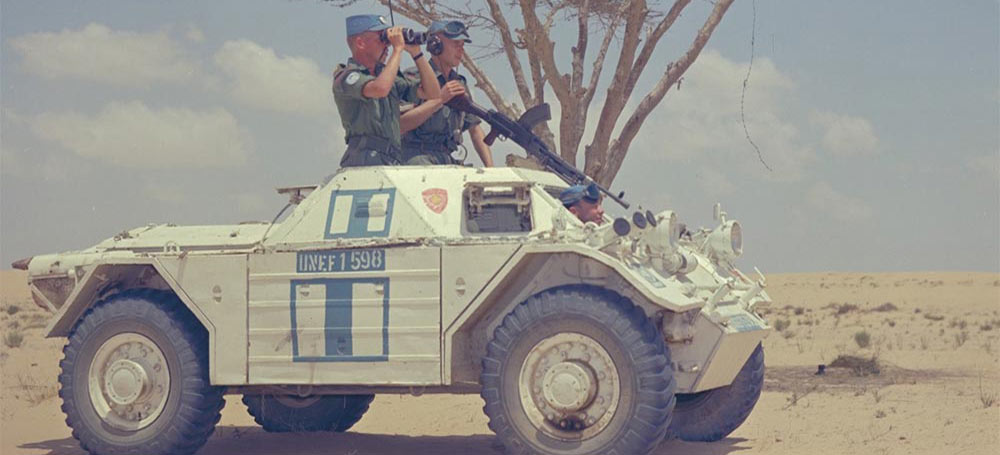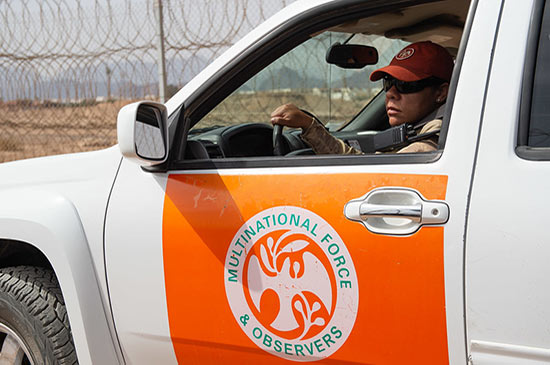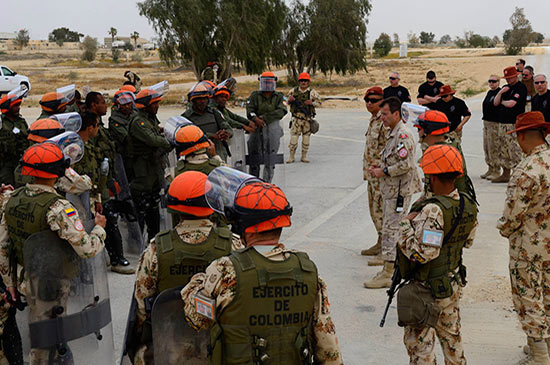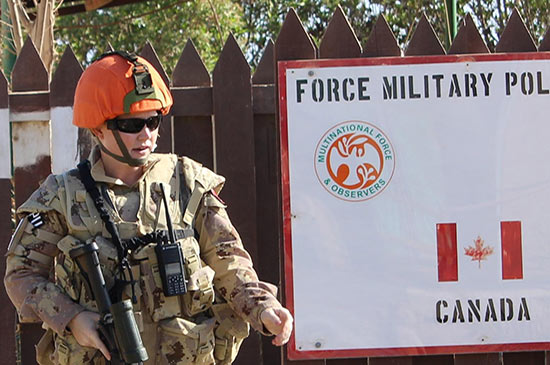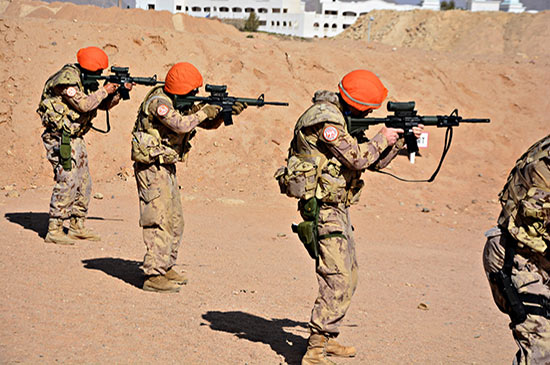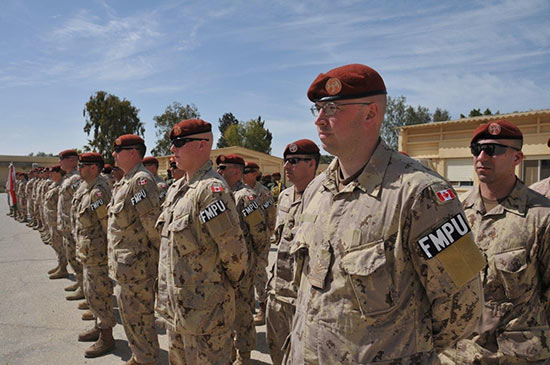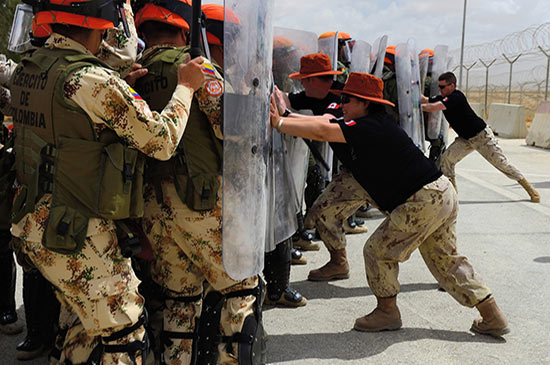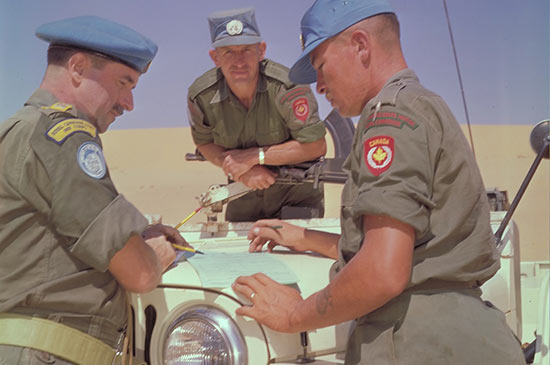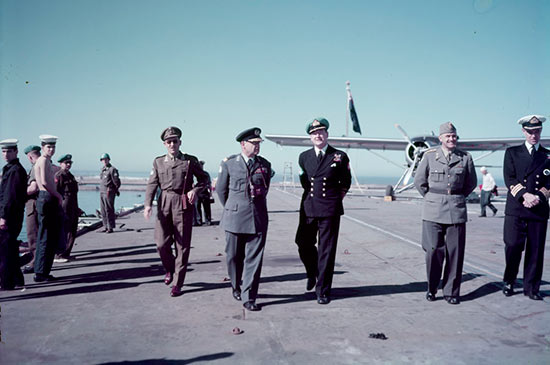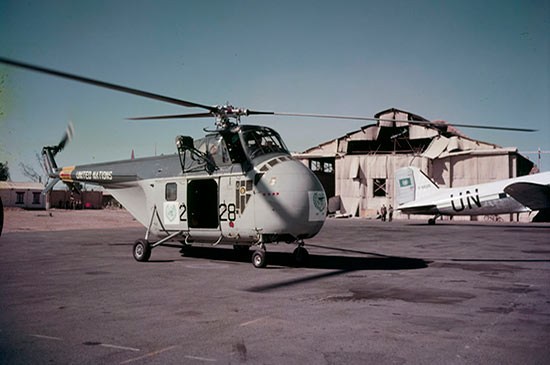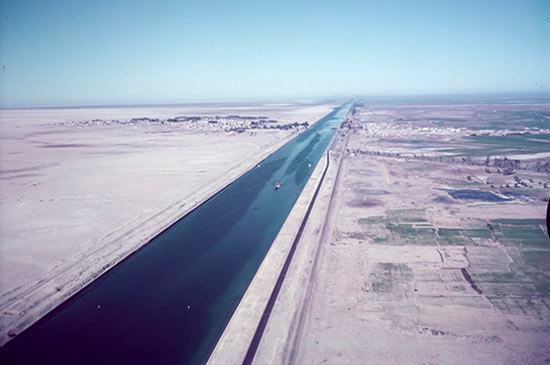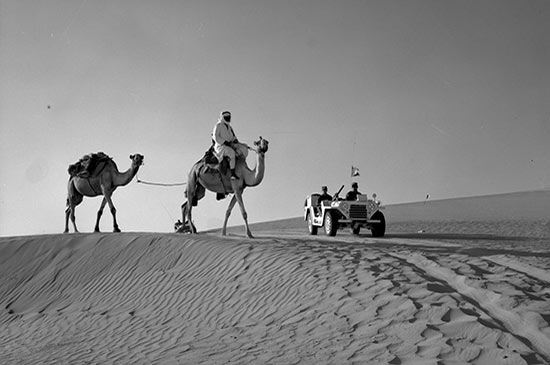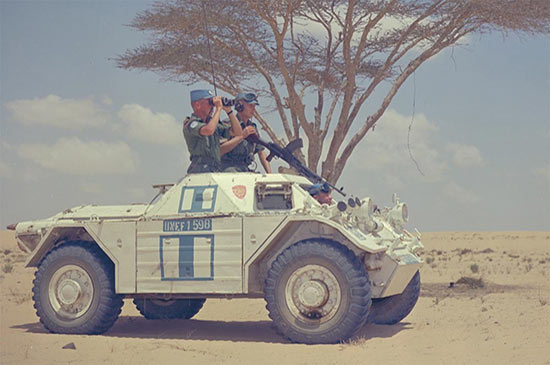Egypt made headlines around the world during the Suez Crisis in 1956. In response to this threat to world peace, Prime Minister Lester B. Pearson suggested the idea of a peacekeeping force. As a result, the United Nations (UN) initiated its first large-scale peacekeeping mission.
A large contingent of Canadian Armed Forces members served as peacekeepers in the land of the Nile. Between 1956-1967, and again from 1973-1979, Canadians were a familiar presence among the UN troops there. Since 1986, Canadian peacekeepers have served with the Multinational Force and Observers peace mission in Egypt.
In all its missions to Egypt, Canada's main contribution was logistical in nature. This included transportation, communication, supply and health support for the UN forces.
At times, the total size of the UN peace forces in Egypt was upward of 7,000 troops drawn from 20 countries.
